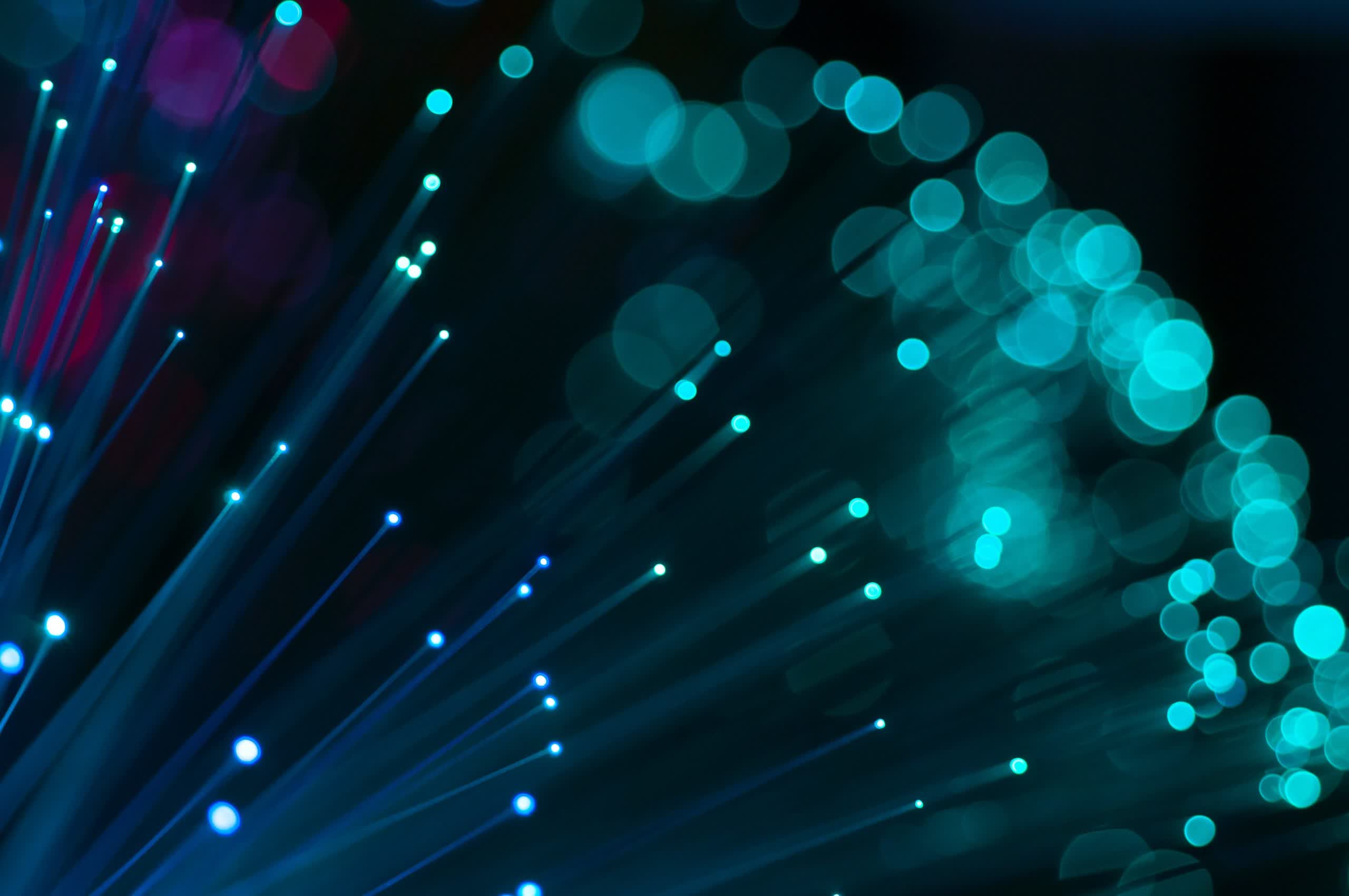In context: Currently, the minimum connection speeds required to classify as broadband in the US are 25Mbps downstream and 3Mbps upstream. The FCC chair recently proposed increasing that standard to 100/20Mbps, while also mentioning plans to upgrade it to a whopping 1Gbps/500Mbps in the future. Unfortunately, it's unknown if her proposal will move forward.
FCC chairwoman Jessica Rosenworcel has proposed raising the definition of broadband speeds to 100Mbps for downloads and 20Mbps up. She also suggested adopting a plan to update the standard to 1Gbps/500Mbps at some point in the future and that the commission's broadband deployment analysis takes more factors into account, including affordability, adoption, availability, and equitable access.
The FCC uses the broadband definition to determine what areas in the US don't have adequate internet services and to direct government funding where it is most needed. It also forces internet service providers to upgrade their networks and provide higher line speeds to consumers if they want to keep receiving federal subsidies.
The 25/3 metric isn't just behind the times, it's harmful because it masks the extent to which rural and low-income neighborhoods are being left behind and offline. We must raise the standard for minimum broadband speeds now and aim higher for the future. https://t.co/1yjNnijs7r
--- Jessica Rosenworcel (@JRosenworcelFCC) July 15, 2022
The current 25/3Mbps standard was established in 2015, replacing the antiquated 4/1Mbps minimum. Since then, there have been several attempts to raise it, mainly because of the pandemic forcing people to move more of their lives online. However, former FCC chair Ajit Pai decided early last year that the speeds were still sufficient to count as "advanced telecommunications capability".
It's unknown if and when the FCC will adopt the upgraded broadband definition. Rosenworcel's proposal requires a vote, and the commission is still in a deadlock with two Democrats and two Republicans.
Earlier this year, the Biden Administration introduced a new government subsidy making high-speed internet connectivity free for many low-income households.
